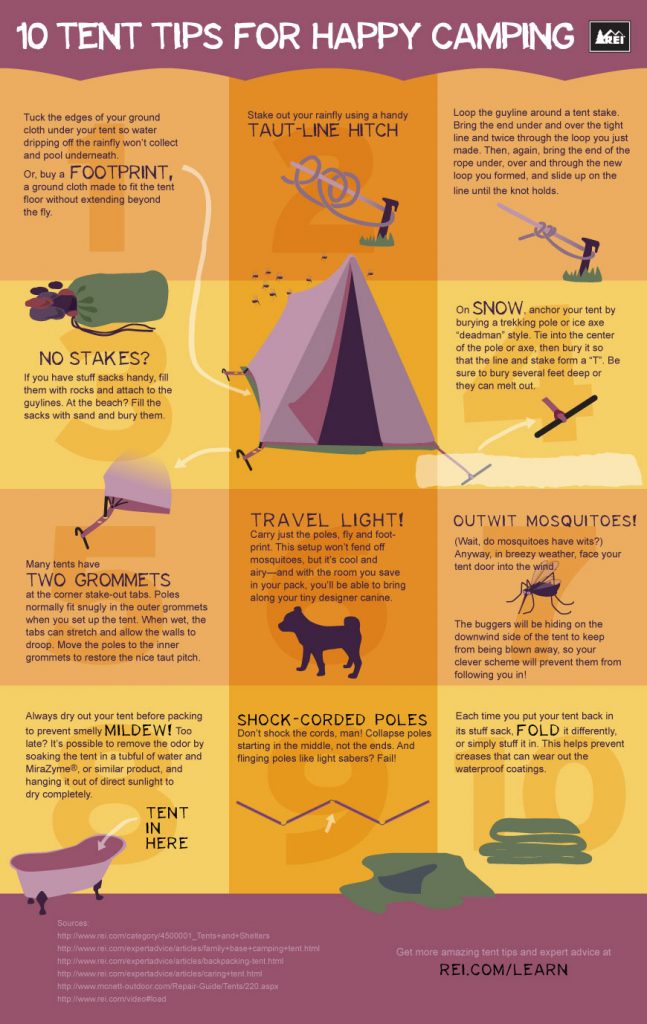Setting up your outdoor tents can be a difficult task for even knowledgeable campers. This overview will cover the basics of pitching an outdoor tents appropriately and safely so you can appreciate your camping trip without tension or concern.
Is a tent necessary for camping?
Begin by setting out your outdoor tents's impact and ground sheet to protect your camping tent flooring from rocks, sticks, dust, and various other particles. Next off, assemble the outdoor tents posts and fasten them to the corners of the camping tent body utilizing the ideal sleeve or hook.
Selecting the Right Website
When you are tired after a long day walking, you want to pitch your tent and prepare to rest. Yet you should first take a walk around the website to ensure it is safe for outdoor camping. Overlook and approximately figure out whether any kind of trees have big dead branches that can fall on your outdoor tents. These are often called widowmakers and you do not want them to drop on you while you're sleeping.
Likewise make sure to prevent low spots that might flooding during a tornado and to camp away from animal trails, nests and environments where ticks and chiggers are most likely to flourish. Try to find a flat, rock-free place that allows enough for your tent and any other gear you'll be bringing.
Some individuals like to set their tents up so the head end is sharp towards the eastern to catch the sun's warming rays first thing in the early morning. This isn't always required, however it is a great touch that can assist wake you up.
Pitching Tips
It might appear obvious, however correct tent pitching is one of one of the most crucial consider a good night's sleep. Having a practice run in the house will certainly assist you familiarize yourself with your outdoor tents, locate all the post sleeves and bolts, and make sure everything remains in place. It's likewise a fun time to practice utilizing guylines for security and to uncover any kind of broken pieces.
When you come to your camping site, check out the terrain to see if it's suitable for your camping tent. An excellent rule of thumb is to pitch the camping tent on a level, degree spot with a small downhill angle. This will certainly permit rain to drain away from the camping tent as opposed to pooling before it.
If you can't find a level area, think about putting a tarpaulin or other groundsheet under your camping tent impact to shield it from moisture. This can likewise aid keep dust out of the tent.
Using Guylines Efficiently
Utilizing person lines properly is necessary to ensuring your camping tent or hammock stays safe in high winds and other poor weather. A man line is a rope or cord that connects to the ground with loops and D-rings in the structure, tarp, or rainfly.
Begin by securing one end of the line to a guyout loop on your tent or rainfall fly, or to the pole it's connected to. Then loop the other end of the line over a stake put faraway from the framework and tighten it.
Maintaining your sanctuary's individual lines taut will avoid drooping or drooping throughout windy conditions, stopping moisture from leaking right into the camping tent or damages to the structure and improving comfort and security during outdoor camping. Constantly check the stress of your guy lines during and after damaging weather to ensure luxury tents with bathroom they stay secure. On top of that, take into consideration loading a person line tensioner to easily readjust and preserve the proper amount of stress in your lines.
Removing the Camping tent
When working out right into your camping site, find an area with a level location and clear it of rocks and particles. Likewise, make sure to lay down an outdoor tents impact or tarpaulin slightly smaller than your outdoor tents body to stop water pooling. This helps keep your tent dry from rain or condensation and can be particularly helpful in gusty areas.
Examine your equipment, consisting of the outdoor tents things sacks to see to it absolutely nothing is missing. Examine that the posts match their clips and replenish first-aid things if required.
When it's time to pitch your outdoor tents, start by orienting the doors downwind, and stake down each edge of the outdoor tents. If the ground hangs or sandy, take into consideration spreading out a tarp under your tent to shield it from wind and decrease the chance of your tent toppling. Likewise, make sure to use guylines properly to restrain your rainfly and maintain it tight. A well-pitched tent can prevent dripping, condensation, and sunlight damages.
How do I protect my tent from rain?
